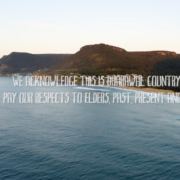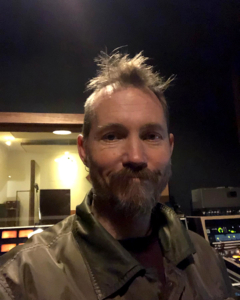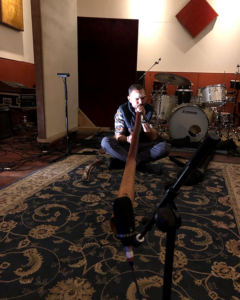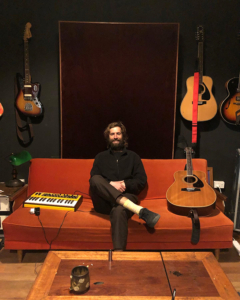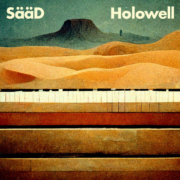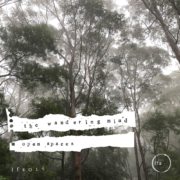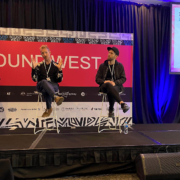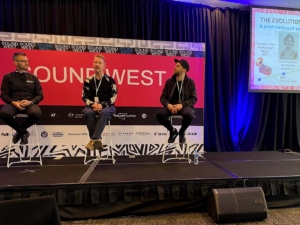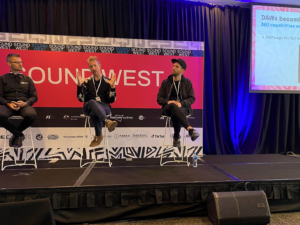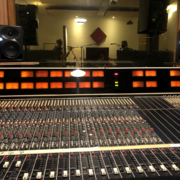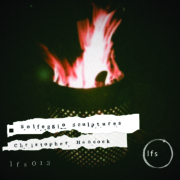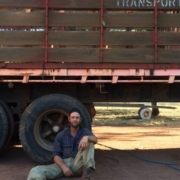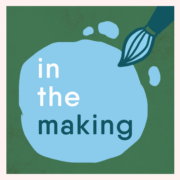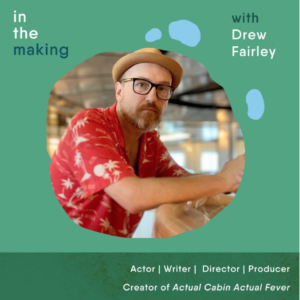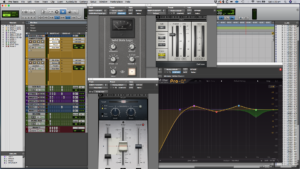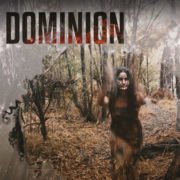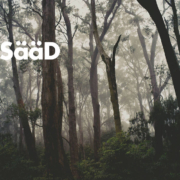Dharawal composition commission
I love composing to picture, and in Sept 2022 I was asked to create the sound track for a short promotional documentary on Dharawal country. The job was commissioned by Wollongong Council and produced by Mane Collective.
The budget was such that it afforded being able to record local indigenous performer Dale Wright on Yidaki and boomerang clap sticks. Yidaki, or as it is commonly know, Didgeridoo, is not actual an instrument the people of Dharawal country played, but rather originates from the north eastern Arnhem land. Nevertheless, Dale has been bless by the north eastern mob to carry the sounds of Yidaki south, and rightly or wrongly, it is a sound that evokes a sense of the indigenous people and history of Australia at large.
In talking to Dale, I was excited to come to a better understanding of the musical history of Dharawal country, and was told that the men usually played boomerang clap sticks and the women drums made from possum skin.
In trying to be aware and sensitive to all parties viewing and using the documentary, the sound palette that was chosen included:
- a bed of skin drums, clap sticks, yidaki and field recordings taken from the area. Such sounds were used to place the view on country
- a range or transitional synth sweeps and synthesizer effects that capture the movement of the weather patterns over the escarpment
- a chord progression or two that used traditional folk and pop stylings to create a light uplifting emotion
- and lastly a few modern electronic or dance music influenced drum patterns and techniques to give the product a contemporary flavour.
The direction that the composition and overall sonic arch of the documentary was informed by Jamie LePre, Mane Collective Director. His sense of country and understanding of the task on hand made his direction specific, inspired and a pleasure to work with. I think both Jamie and I enjoyed the back and forth of compositional ideas as the pictures rolled in, and I hope we get to work together on more projects soon.
Below is a few pictures from the recording session with Dale Wright at Stranded Recordings in Bellambi.

